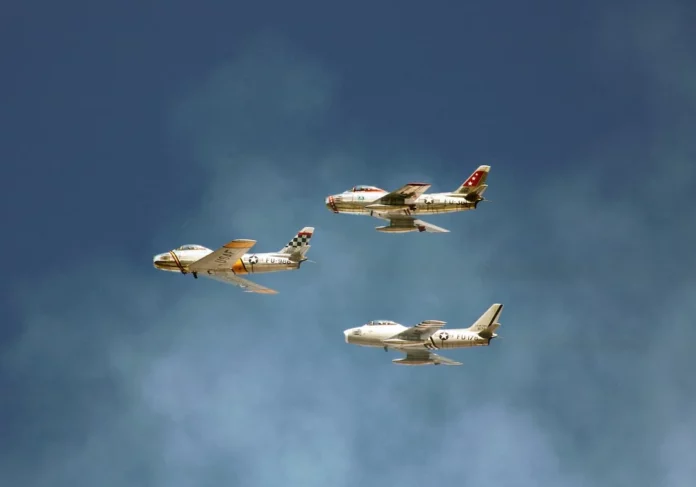The Boeing 737 is a highly popular and successful aircraft that has been in service for several decades. One of the key navigation systems used on this aircraft is the Omnidirectional Range (VOR). VOR, which stands for Very High Frequency Omnidirectional Range, is a ground-based navigation system that helps pilots determine their direction and position relative to a ground station.
VOR works by transmitting radio signals from a ground station to the aircraft. These signals are received by an antenna on the aircraft, and the onboard navigation equipment processes the signals to provide the pilot with valuable information such as the aircraft’s radial from the ground station and its bearing to or from the station. This information is displayed on the aircraft’s navigation instruments, enabling the pilot to accurately navigate along a specific radial or track.
VOR was first introduced in the 1950s and quickly became a standard navigation aid for aviation. It offers several advantages over other navigation systems, making it an important tool for pilots flying the Boeing 737.
The Functioning of Omnidirectional Range (VOR)
VOR operates using two components: the ground station and the onboard equipment. The ground station consists of a VHF transmitter, a rotating antenna, and a reference signal. The rotating antenna continuously transmits a series of signals in a circular pattern called a “360-degree radiation pattern.”
The onboard equipment on the Boeing 737 consists of a VOR receiver and a navigational display. The VOR receiver interprets the signals received from the ground station and calculates the aircraft’s bearing to or from the station. The navigational display then presents this information to the pilot in a visual format, typically in the form of a head-up display or a data display screen.
The pilot can select the desired radial or track using the aircraft’s navigation system. The VOR receiver will then calculate the difference between the selected radial and the aircraft’s current position, known as the “bearing error.” This information is displayed to the pilot, who can then adjust the aircraft’s heading to correct the error and stay on the desired track.
VOR is a highly accurate navigation system and is often used for both enroute navigation and approach procedures. It provides a reliable means of navigation, especially in areas where other navigation aids may be limited or unavailable.
Advantages of Omnidirectional Range (VOR) on Boeing 737
The Boeing 737 relies on the VOR navigation system for several reasons:
1. Accuracy: VOR provides precise navigation information, allowing pilots to navigate along specific radials or tracks with a high degree of accuracy. This is crucial for maintaining safe separation from other aircraft and avoiding airspace restrictions.
2. Reliability: VOR is a reliable navigation system that can be used in various weather conditions. Unlike other systems that may be affected by atmospheric interference, VOR signals are relatively unaffected by weather factors such as rain or fog.
3. Wide coverage: VOR stations are strategically located across the world, providing pilots with extensive coverage for navigation. This is particularly beneficial for long-haul flights where pilots may need to rely on VOR for extended periods.
4. Compatibility: The VOR system is compatible with other navigational aids and systems, allowing pilots to seamlessly switch between different types of navigation depending on the requirements of their flight.
Overall, the VOR system plays a critical role in ensuring the Boeing 737’s safe and efficient navigation. Pilots rely on this system to make accurate course corrections, avoid hazards, and maintain a steady flight path.
For More: What is REP on Boeing 737? (Repellent)




